Home>Gardening & Outdoor>Pool & Spa Care>How To Build A Stock Tank Hot Tub
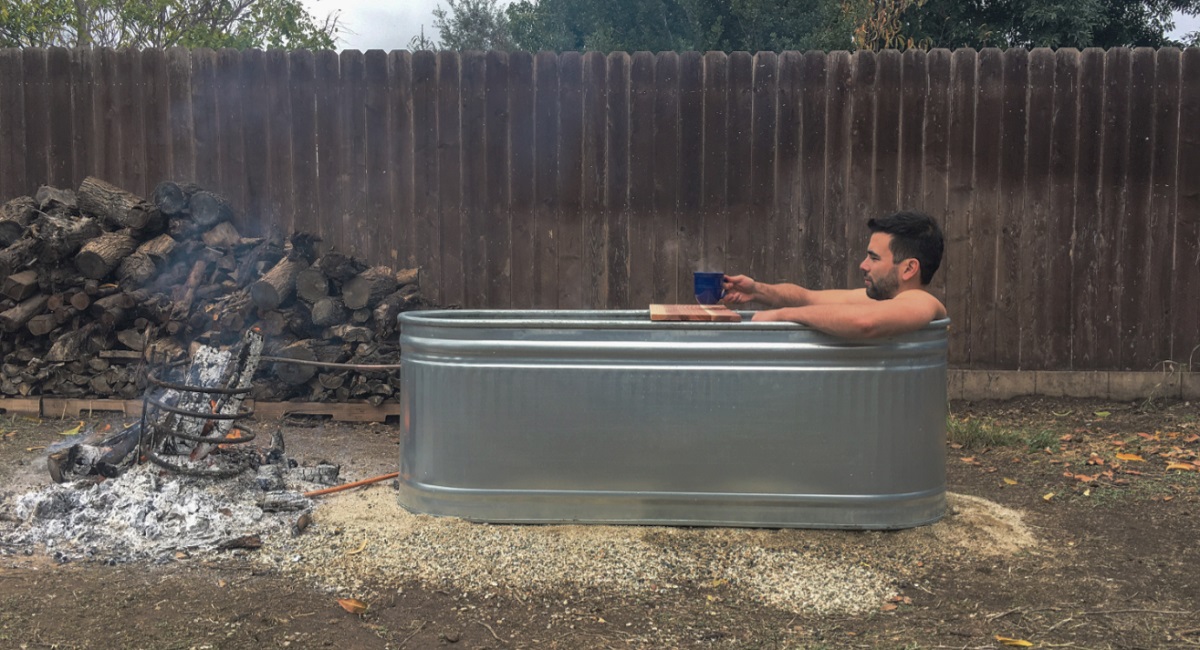

Pool & Spa Care
How To Build A Stock Tank Hot Tub
Modified: January 5, 2024
Learn how to create a relaxing stock tank hot tub with our comprehensive guide. Get expert tips on pool and spa care for a perfect DIY retreat.
(Many of the links in this article redirect to a specific reviewed product. Your purchase of these products through affiliate links helps to generate commission for Storables.com, at no extra cost. Learn more)
**
Introduction
**
Are you dreaming of a relaxing oasis in your own backyard? Imagine soaking in warm, bubbling water, surrounded by nature and the comforts of home. With a little creativity and some DIY spirit, you can turn that dream into a reality by building your very own stock tank hot tub. This project offers a cost-effective and customizable alternative to traditional hot tubs, allowing you to enjoy the therapeutic benefits of hydrotherapy without breaking the bank.
In this comprehensive guide, we will walk you through the step-by-step process of creating a stock tank hot tub, from selecting the right materials to maintaining your personal spa haven. Whether you're a seasoned DIY enthusiast or a newcomer to the world of backyard projects, this article will equip you with the knowledge and inspiration to embark on this rewarding endeavor. So, roll up your sleeves, gather your supplies, and get ready to transform your outdoor space into a luxurious retreat with a homemade stock tank hot tub.
**
Key Takeaways:
- Transform a stock tank into a personalized hot tub oasis with DIY spirit, creativity, and resourcefulness, creating a unique and inviting outdoor escape for relaxation and rejuvenation.
- Enjoy the rewards of continual relaxation and connection with a homemade stock tank hot tub, fostering shared experiences, tranquility, and cherished memories in your own backyard retreat.
Read more: How To Make A Stock Tank Hot Tub
Materials Needed
**
Before diving into the construction of your stock tank hot tub, it’s essential to gather all the necessary materials and tools. Here’s a comprehensive list to ensure you’re well-prepared for the project:
Stock Tank: The centerpiece of your hot tub, the stock tank serves as the vessel for holding water. Choose a durable, rust-resistant tank that's large enough to accommodate your desired number of bathers.
Waterproof Sealer: To prevent leaks and ensure the longevity of your hot tub, invest in a high-quality waterproof sealer designed for metal surfaces.
Heating System: Depending on your preferences and budget, you can opt for a wood-fired, propane, or electric heating system. Each option offers its own set of benefits, so consider factors such as cost, convenience, and environmental impact when making your selection.
Filtration System: Maintaining clean and hygienic water is crucial for a pleasant hot tub experience. Look for a filtration system specifically designed for stock tank hot tubs to keep the water free of debris and impurities.
Insulation Materials: Proper insulation helps retain heat and improve energy efficiency. Insulating materials such as foam board or spray foam will aid in keeping the water at a comfortable temperature.
Pump and Hoses: If you're incorporating a filtration system, you'll need a pump and hoses to circulate the water through the filtration unit.
Accessories: Consider adding comfort-enhancing accessories like benches, steps, and cup holders to elevate the hot tub experience.
Tools: Essential tools for this project include a drill, wrench, tape measure, level, and any additional equipment specific to your chosen heating system.
Safety Equipment: Prioritize safety by having goggles, gloves, and any other protective gear necessary for the construction and installation process.
By ensuring you have all the required materials and tools on hand, you’ll set the stage for a smooth and successful stock tank hot tub construction project. With these essentials in your possession, you’re ready to move on to the next steps of creating your DIY hot tub oasis.
**
Choosing the Right Stock Tank
**
When it comes to building a stock tank hot tub, selecting the appropriate vessel is a critical first step. Stock tanks, originally designed for agricultural use, have gained popularity as versatile components for various DIY projects, including hot tubs. Here are some key considerations to keep in mind when choosing the right stock tank for your hot tub:
Size and Capacity: Determine the size of the hot tub based on the space available in your backyard and the number of people you intend to accommodate. Stock tanks come in a range of sizes, so measure your designated hot tub area to ensure a proper fit.
Material: Stock tanks are typically constructed from galvanized steel or durable plastic. Galvanized steel tanks offer a rustic aesthetic and excellent durability, while plastic tanks are lightweight and resistant to corrosion. Consider the pros and cons of each material to determine which best suits your preferences and climate conditions.
Shape: Stock tanks are available in various shapes, including circular, oval, and rectangular. The shape you choose can impact the aesthetics and functionality of your hot tub. For example, circular tanks promote a communal soaking experience, while oval or rectangular tanks may better suit individual lounging.
Insulation Compatibility: If you plan to incorporate insulation to improve heat retention, consider how well the chosen stock tank can accommodate insulation materials. Some tanks feature double walls or pre-installed insulation, which can simplify the insulation process.
Drainage and Sealing: Ensure the stock tank includes a reliable drainage system and compatible fittings for sealing. Proper drainage facilitates water changes and maintenance, while secure sealing is essential for preventing leaks and maximizing the hot tub’s lifespan.
Budget and Quality: Balance your budget with the quality of the stock tank. While it’s important to stay within your financial means, investing in a durable and well-constructed tank will contribute to the longevity and enjoyment of your hot tub.
By carefully evaluating these factors, you can make an informed decision when choosing a stock tank that aligns with your preferences, space constraints, and construction plans. Once you’ve selected the perfect stock tank, you’ll be one step closer to bringing your DIY hot tub vision to fruition.
**
Preparing the Area
**
Before installing your stock tank hot tub, it’s crucial to prepare the designated area to ensure a stable and comfortable foundation for the structure. Here are the essential steps for prepping the space:
Clearing and Leveling: Begin by clearing the area of any debris, rocks, or vegetation. Level the ground using a shovel and a level tool to create a flat surface for the hot tub. Proper leveling is essential for stability and the overall aesthetics of the installation.
Surface Protection: To safeguard the hot tub’s base and prevent moisture-related issues, consider placing a protective barrier such as a geotextile fabric or a rubber mat beneath the stock tank. This barrier will serve as a moisture barrier and protect the tank from direct contact with the ground.
Access to Utilities: If your hot tub will require access to water and electricity, ensure that the chosen location allows for convenient connections to these utilities. Plan the positioning of the hot tub with these considerations in mind to avoid complications during the installation phase.
Privacy and Ambiance: Take into account the surrounding environment and consider adding elements to enhance the privacy and ambiance of the hot tub area. This could involve strategic landscaping, the addition of a privacy screen, or the incorporation of natural features to create a serene atmosphere.
Safety Measures: Prioritize safety by assessing the area for potential hazards and making any necessary adjustments. Ensure that the hot tub location is clear of obstacles and that there is adequate lighting for nighttime use.
Regulatory Compliance: Familiarize yourself with any local regulations or building codes that may apply to the installation of a hot tub. This may include requirements for fencing, electrical work, or structural considerations. Adhering to these regulations will help ensure a safe and compliant installation.
By thoroughly preparing the area before installing the stock tank hot tub, you’ll establish a solid foundation for the project and create an inviting space for relaxation and enjoyment. With the groundwork laid, you’re ready to move on to the exciting phase of installing the hot tub and bringing your vision to life.
**
When building a stock tank hot tub, make sure to properly insulate the bottom and sides of the tank to help retain heat and save on energy costs. This will also help the water stay warm for a longer period of time.
Installing the Stock Tank
**
With the groundwork laid and the necessary materials at your disposal, it’s time to embark on the installation of your stock tank hot tub. Follow these step-by-step guidelines to ensure a successful and seamless installation process:
Positioning the Tank: Carefully place the stock tank in the prepared area, ensuring that it rests on the level and stable ground. Take the time to adjust the tank’s position to achieve the desired orientation and alignment with the surrounding landscape.
Sealing and Insulation: Apply a waterproof sealant to the interior of the stock tank, focusing on seams, joints, and any potential areas of water leakage. Once the sealant has dried, proceed to install insulation materials around the exterior of the tank to enhance heat retention and energy efficiency.
Connecting the Filtration System: If your hot tub includes a filtration system, follow the manufacturer’s instructions to connect the pump and hoses. Ensure that the filtration system is securely in place and functioning properly before proceeding to the next steps.
Adding Benches and Accessories: If you’ve opted to include benches, steps, or other accessories in your hot tub design, now is the time to install them. Position these elements to maximize comfort and convenience for bathers while complementing the overall aesthetics of the hot tub.
Testing for Leaks and Stability: Fill the stock tank with water and carefully inspect for any signs of leakage. Allow the water to remain in the hot tub for a period of time, observing the tank for stability and ensuring that it retains the desired water level without any issues.
Final Adjustments: Make any final adjustments to the hot tub’s positioning, water level, and accessories to achieve the optimal setup. Take this opportunity to fine-tune the details and address any minor adjustments before proceeding to the next phase of the project.
By following these installation steps with precision and attention to detail, you’ll bring your stock tank hot tub one step closer to completion, setting the stage for the next crucial phase: heating the water to achieve the perfect soaking temperature.
**
Read more: What Size Stock Tank For Bathtub
Heating the Water
**
As the installation of your stock tank hot tub nears completion, the next essential step is heating the water to create a soothing and inviting soaking experience. Depending on your chosen heating system, follow these guidelines to achieve the ideal water temperature for relaxation and rejuvenation:
Wood-Fired Heating: If you’ve opted for a wood-fired heating system, begin by igniting the fire in the designated heating area. Monitor the fire’s progress and adjust the wood as needed to maintain a steady and controlled burn. As the water heats, periodically check the temperature to ensure it reaches the desired level for a comfortable soak.
Propane or Gas Heating: For propane or gas heating systems, carefully follow the manufacturer’s instructions to ignite the burner and initiate the heating process. Monitor the temperature closely, adjusting the heat output as necessary to achieve the optimal water temperature for your hot tub.
Electric Heating: Electric heating systems offer convenient and precise temperature control. Activate the heating element according to the manufacturer’s guidelines and monitor the water temperature as it gradually rises to the desired level. Utilize the thermostat or control panel to maintain the water at a consistent and comfortable temperature.
Monitoring and Safety: Throughout the heating process, remain attentive to the water temperature and ensure that it does not exceed safe and comfortable levels. Use a reliable thermometer to gauge the water temperature and make adjustments to the heating system as needed to maintain an enjoyable soaking environment.
Optimizing Energy Efficiency: Implement strategies to maximize energy efficiency and minimize heat loss, such as covering the hot tub when not in use and insulating the heating system to prevent unnecessary energy consumption.
Testing the Water: Once the water reaches the desired temperature, perform a final test to ensure it meets your comfort preferences. Take into account factors such as ambient temperature and personal preferences when determining the ideal soaking temperature.
By successfully heating the water to the perfect temperature, you’ll transform your stock tank into a welcoming and rejuvenating hot tub oasis, ready to provide a tranquil retreat in the comfort of your own backyard. With the water warmed to perfection, you’re now prepared to indulge in the therapeutic benefits of your DIY hot tub creation.
**
Maintenance and Safety Tips
**
Ensuring the longevity, functionality, and safety of your stock tank hot tub requires a proactive approach to maintenance and adherence to essential safety practices. By incorporating the following tips into your hot tub care routine, you can promote a safe and enjoyable soaking experience for yourself and your guests:
Water Quality Maintenance: Regularly test the water quality using a reliable testing kit to monitor pH levels, sanitizer concentration, and overall water balance. Maintain proper water chemistry by adjusting chemical levels as needed to ensure a hygienic and comfortable soaking environment.
Water Filtration and Cleaning: Adhere to a consistent schedule for cleaning and maintaining the hot tub’s filtration system. Regularly remove debris, clean filters, and ensure that the circulation system operates effectively to keep the water clear and free of contaminants.
Drainage and Refilling: Periodically drain the hot tub, clean the interior surfaces, and refill it with fresh water. This process helps prevent the buildup of impurities and maintains water clarity, contributing to a pleasant and rejuvenating soaking experience.
Inspection and Repairs: Routinely inspect the stock tank, heating system, and surrounding components for any signs of wear, damage, or malfunction. Address any issues promptly to prevent potential safety hazards and maintain the hot tub’s structural integrity.
Safe Hot Tub Practices: Establish and communicate safety guidelines for hot tub usage, including recommendations for soaking durations, temperature limits, and precautions for individuals with specific health conditions. Emphasize the importance of responsible hot tub etiquette and supervision, especially when children or inexperienced bathers are present.
Electrical and Fire Safety: If your hot tub utilizes electrical or heating components, prioritize electrical safety by ensuring that all connections are secure, and the system complies with relevant safety standards. For wood-fired hot tubs, exercise caution and follow fire safety protocols when managing the heating source.
Weather Protection: Protect your hot tub from adverse weather conditions, such as extreme temperatures, heavy precipitation, or prolonged sun exposure. Implement measures to shield the hot tub from the elements and prevent damage to its components.
Regular Maintenance Schedule: Create a comprehensive maintenance schedule that encompasses all aspects of hot tub care, including water testing, cleaning routines, equipment inspections, and seasonal maintenance tasks. Consistent upkeep is key to preserving the hot tub’s functionality and appeal.
By integrating these maintenance and safety tips into your hot tub care regimen, you’ll uphold a standard of excellence in hot tub maintenance and ensure a secure and enjoyable environment for all who partake in the restorative pleasures of your DIY stock tank hot tub.
**
Conclusion
**
Congratulations on successfully navigating the exciting journey of creating your very own stock tank hot tub. From the initial selection of materials to the careful installation and maintenance considerations, you’ve embarked on a fulfilling DIY project that promises endless relaxation and rejuvenation. As you reflect on the process and anticipate the enjoyment that awaits, consider the following key takeaways:
Creative Expression: Building a stock tank hot tub is a testament to your creativity and resourcefulness. By repurposing a humble stock tank into a luxurious oasis, you’ve demonstrated the potential for innovation in transforming everyday materials into extraordinary experiences.
Personalized Retreat: Your hot tub isn’t just a construction project; it’s a personalized retreat crafted to suit your preferences and provide a sanctuary for relaxation. The unique features, design elements, and thoughtful details reflect your vision for an inviting and tranquil outdoor escape.
Community and Connection: Whether you’ve embarked on this project solo or with the help of friends and family, the process of creating a stock tank hot tub fosters a sense of community and connection. It’s a testament to the joy and fulfillment that comes from shared experiences and collaborative endeavors.
Continual Enjoyment: As you embark on the journey of hot tub ownership, remember that the rewards extend far beyond the construction phase. Your stock tank hot tub promises a source of continual enjoyment, relaxation, and rejuvenation for you and your loved ones, offering a space to unwind and recharge amidst the comforts of home.
With your stock tank hot tub poised to deliver countless moments of tranquility and pleasure, you’ve not only created a backyard haven but also cultivated a source of lasting memories and well-deserved indulgence. Embrace the warmth of the water, the serenity of the surroundings, and the restorative benefits of your DIY hot tub creation. Here’s to many blissful soaks and cherished moments in your personalized outdoor retreat.
Frequently Asked Questions about How To Build A Stock Tank Hot Tub
Was this page helpful?
At Storables.com, we guarantee accurate and reliable information. Our content, validated by Expert Board Contributors, is crafted following stringent Editorial Policies. We're committed to providing you with well-researched, expert-backed insights for all your informational needs.
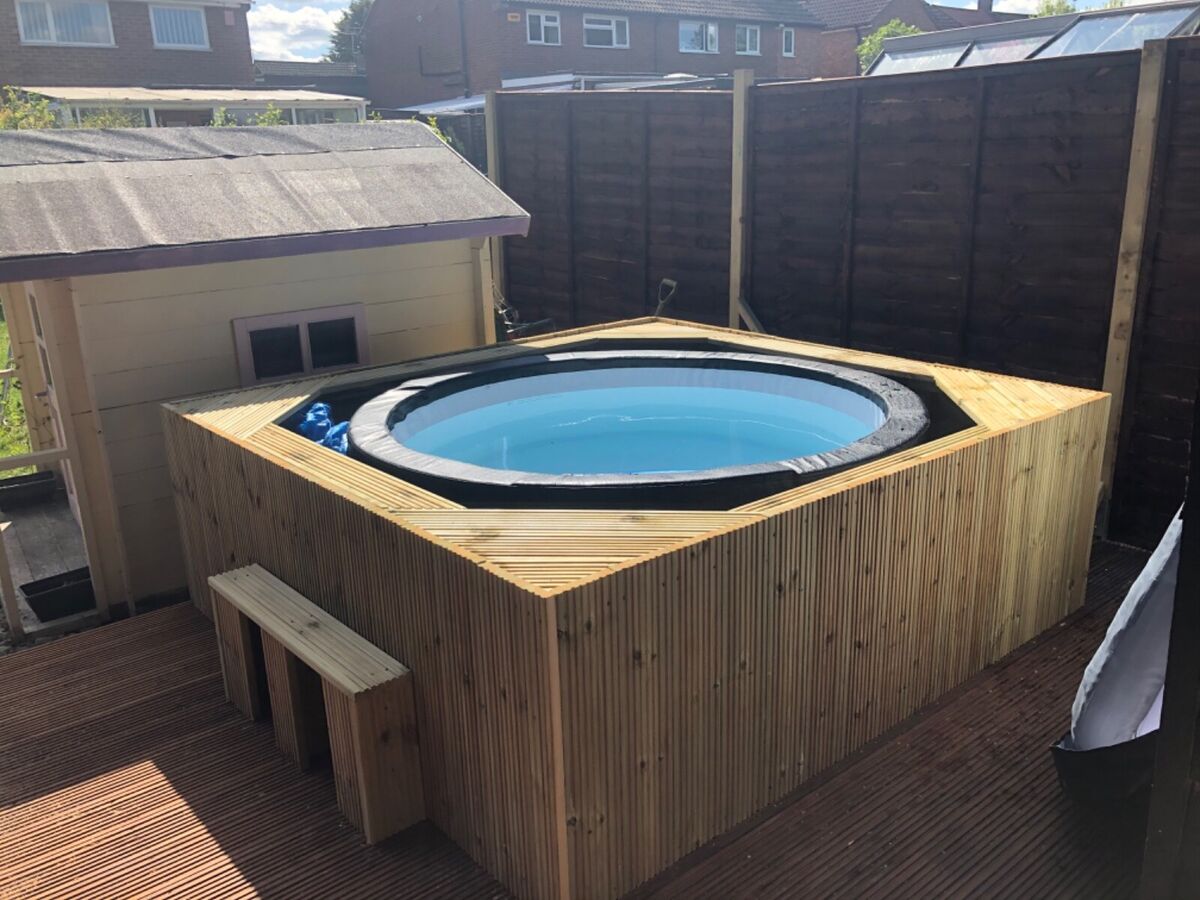
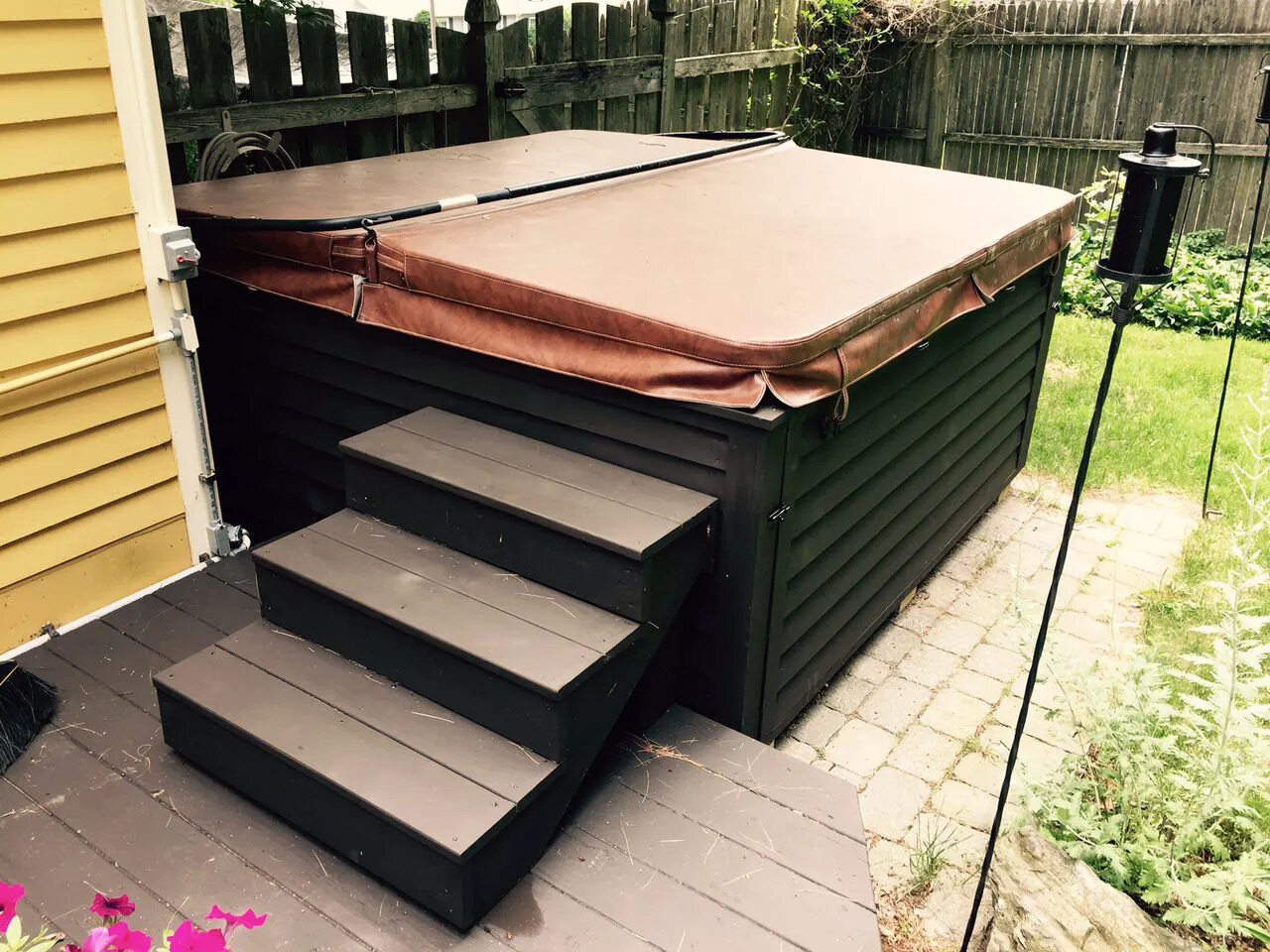
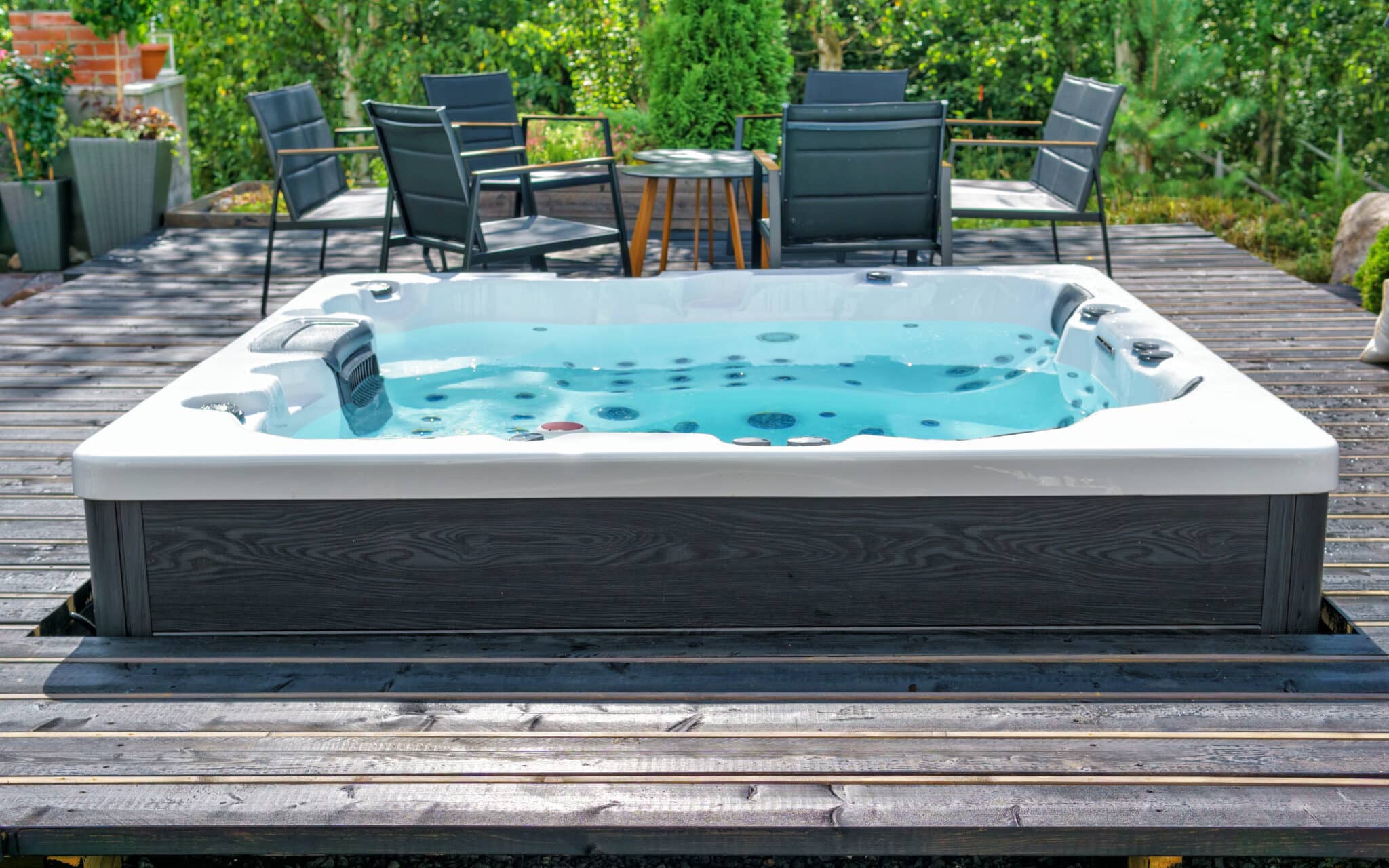
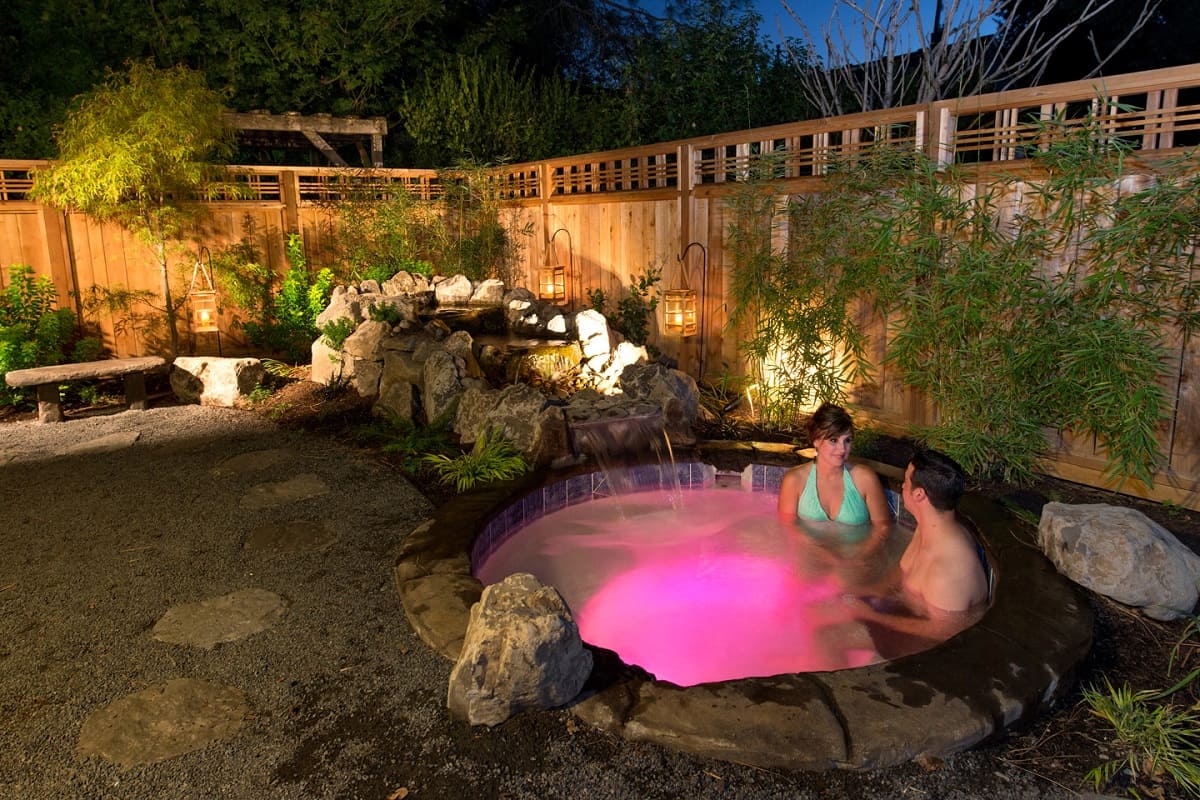
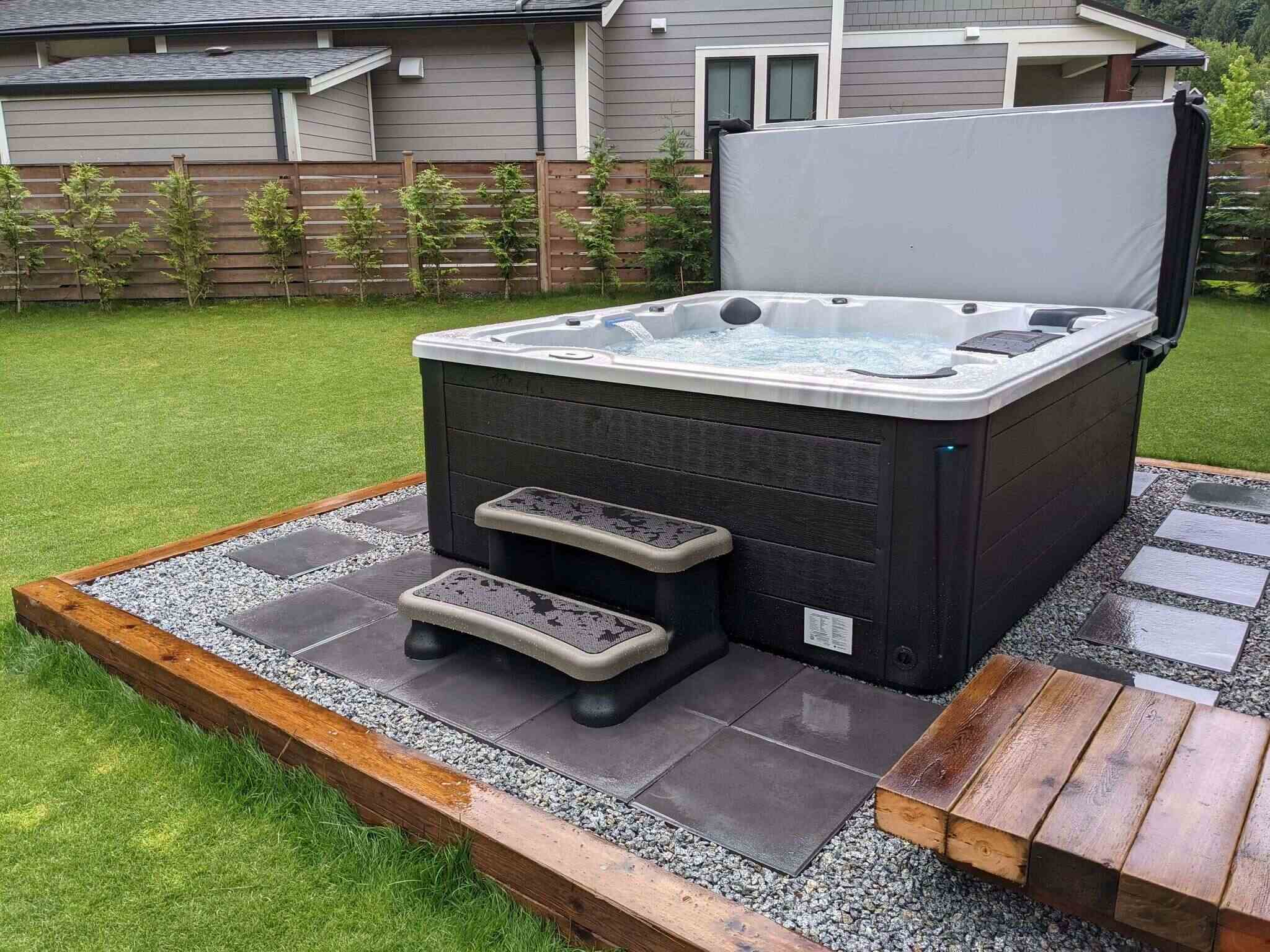
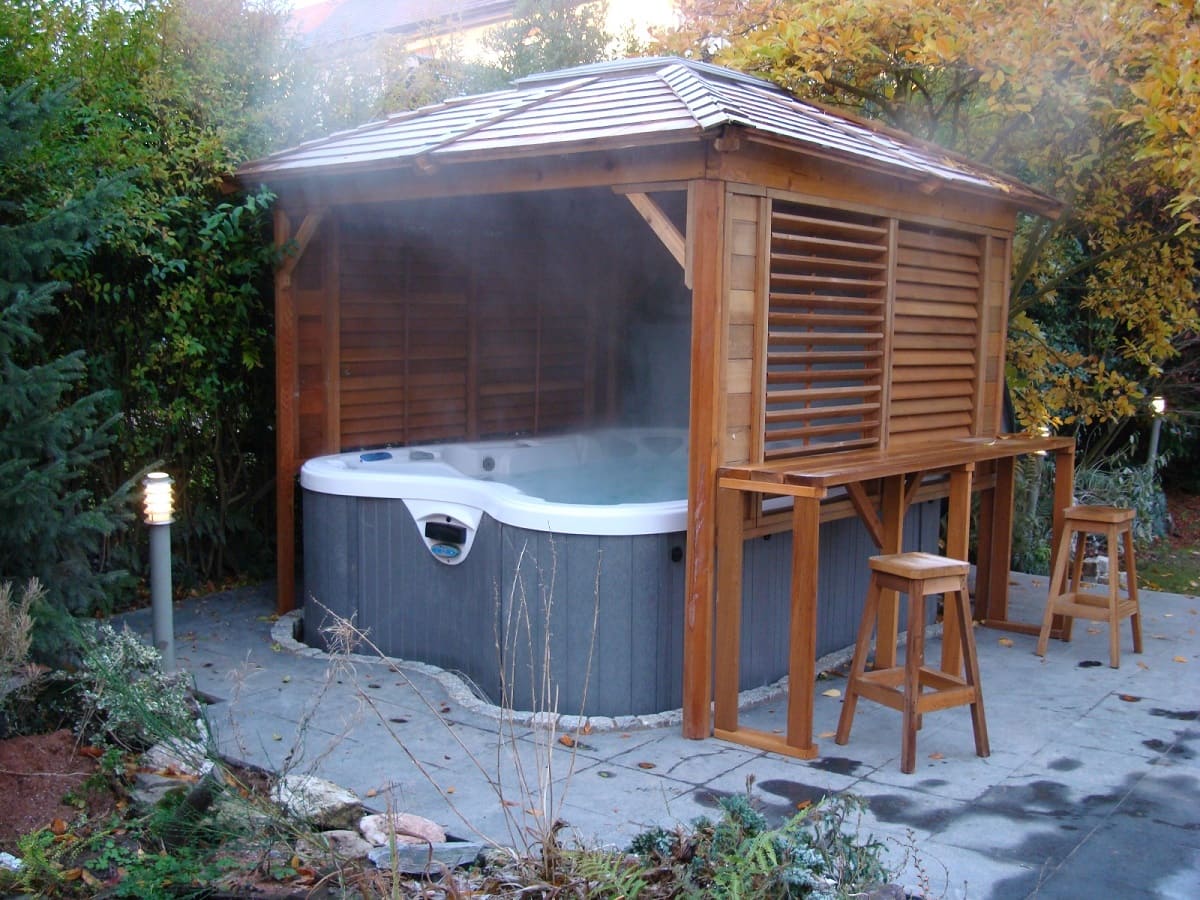
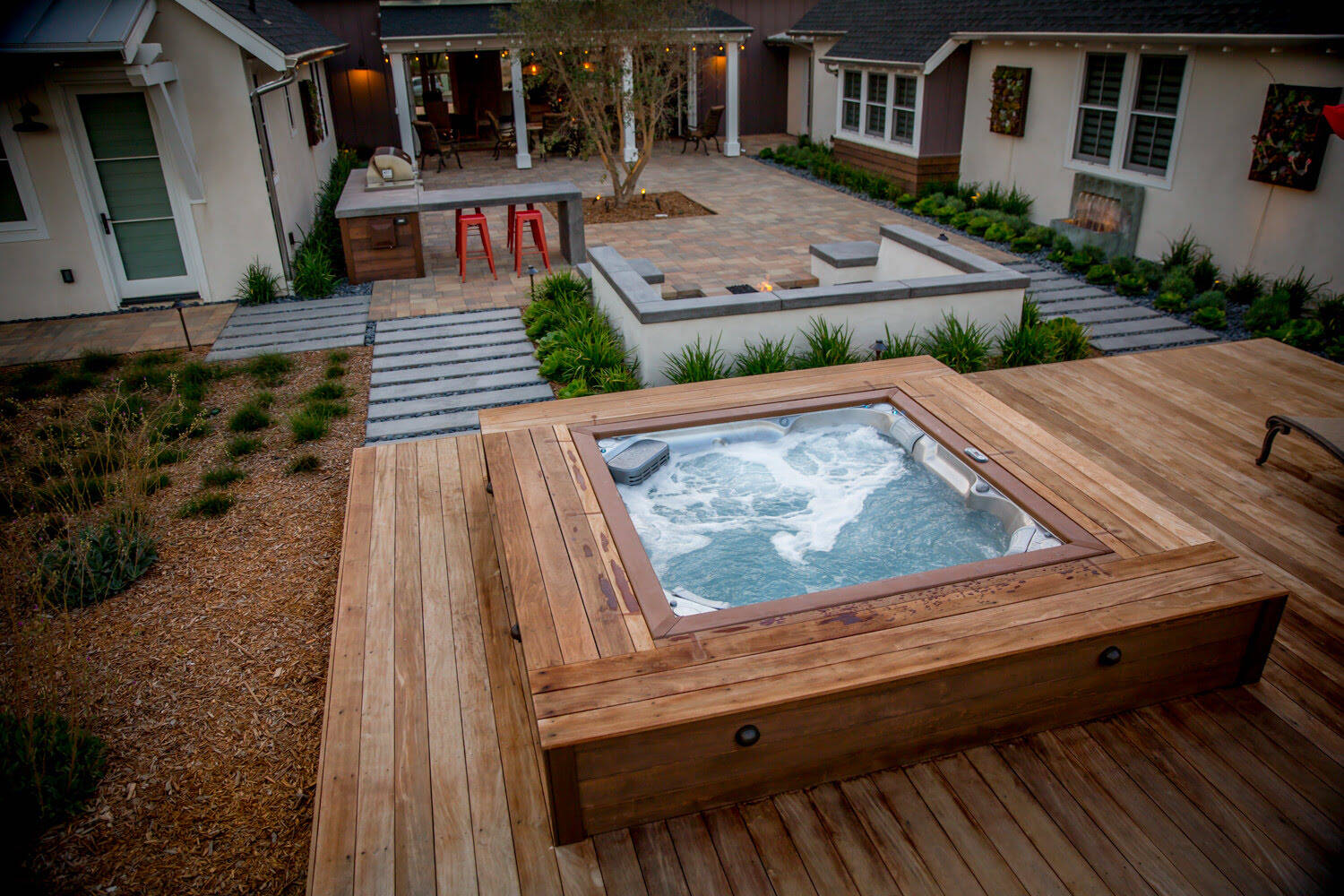
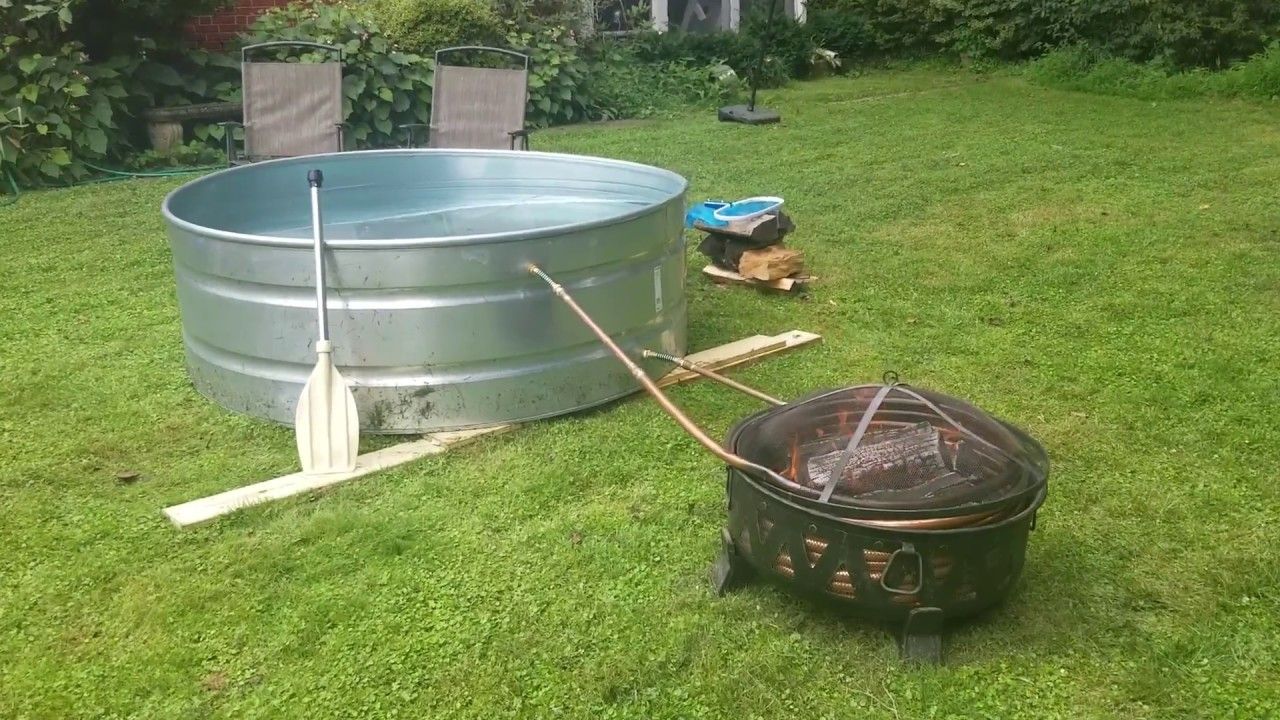
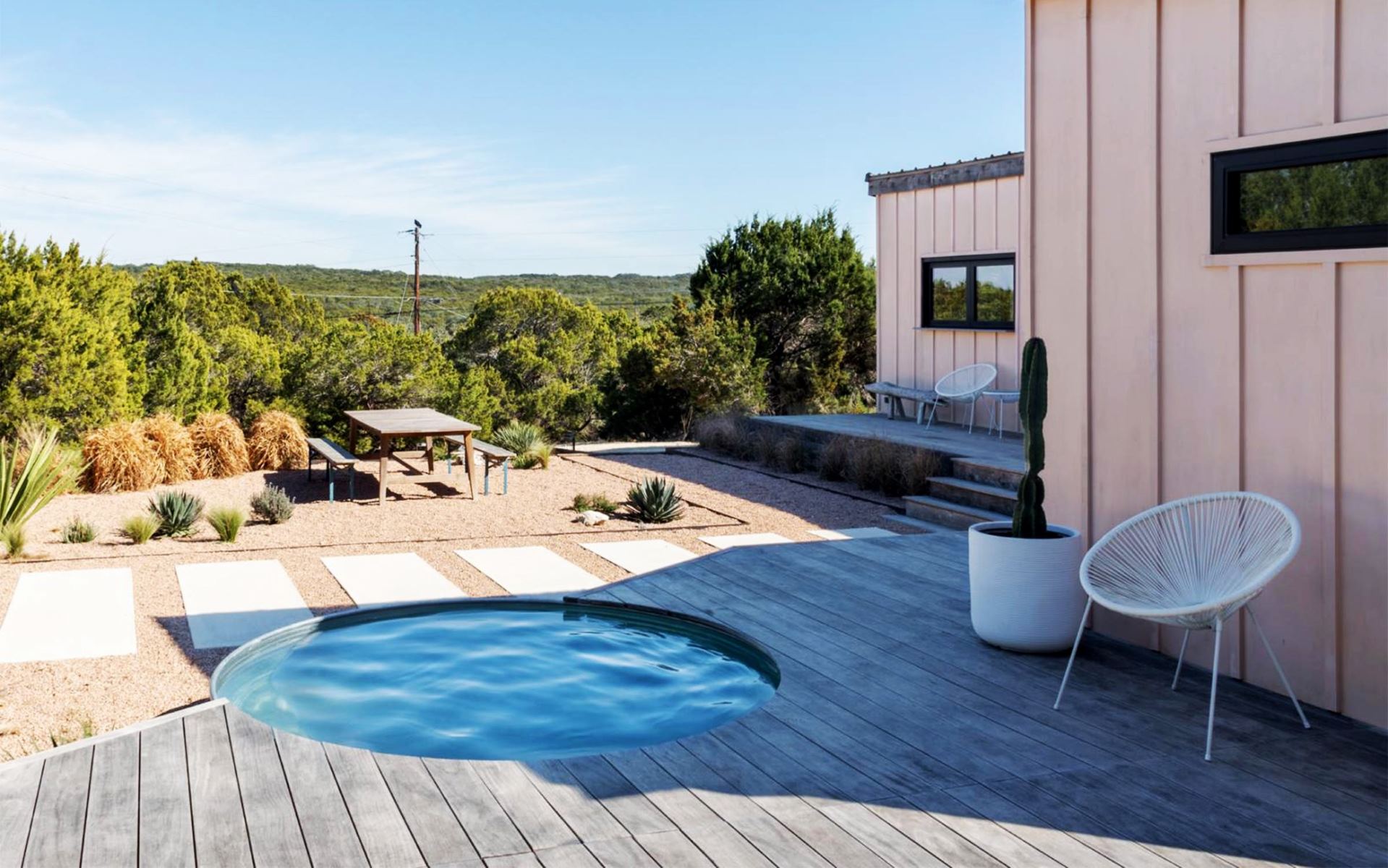
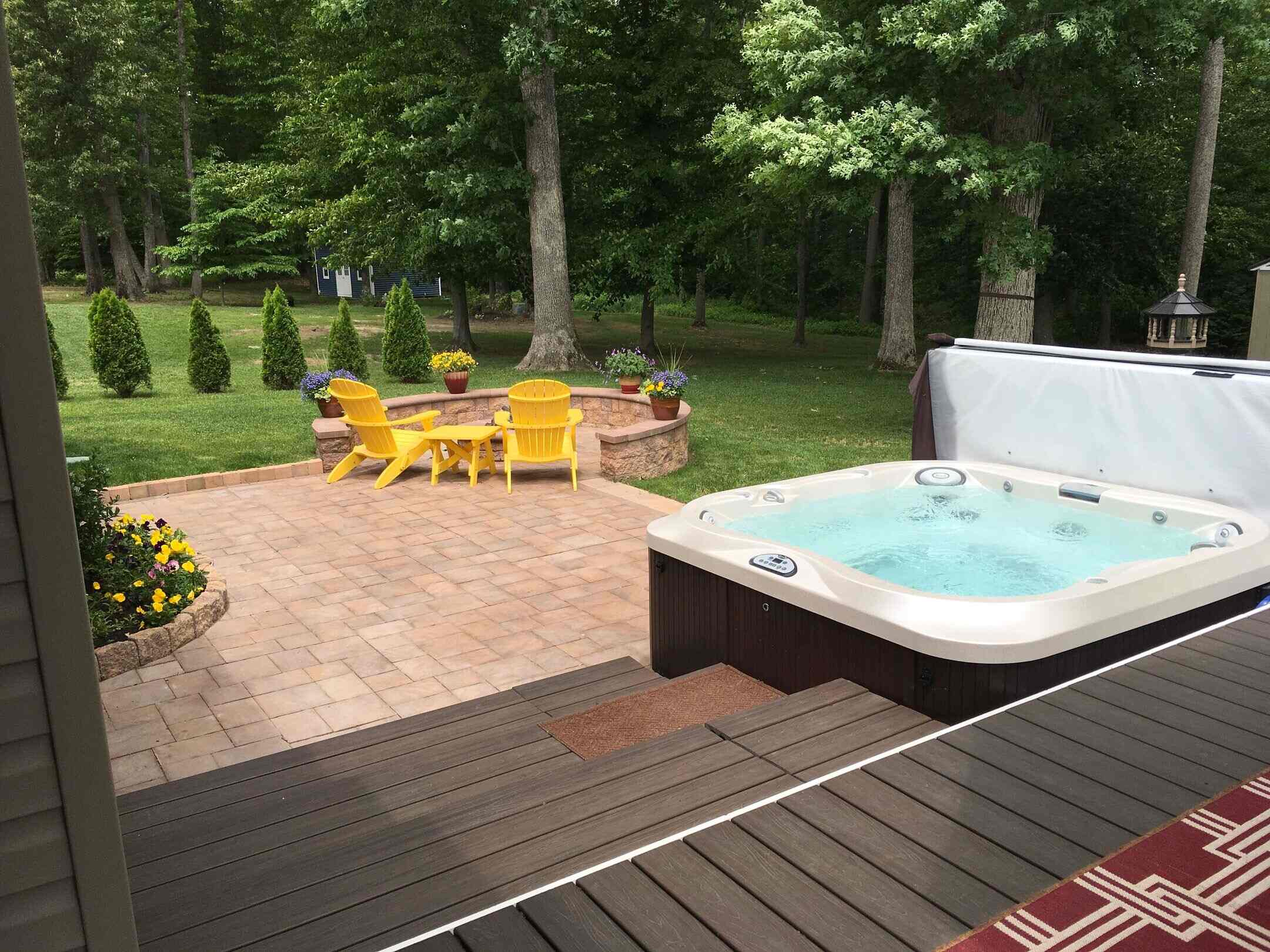
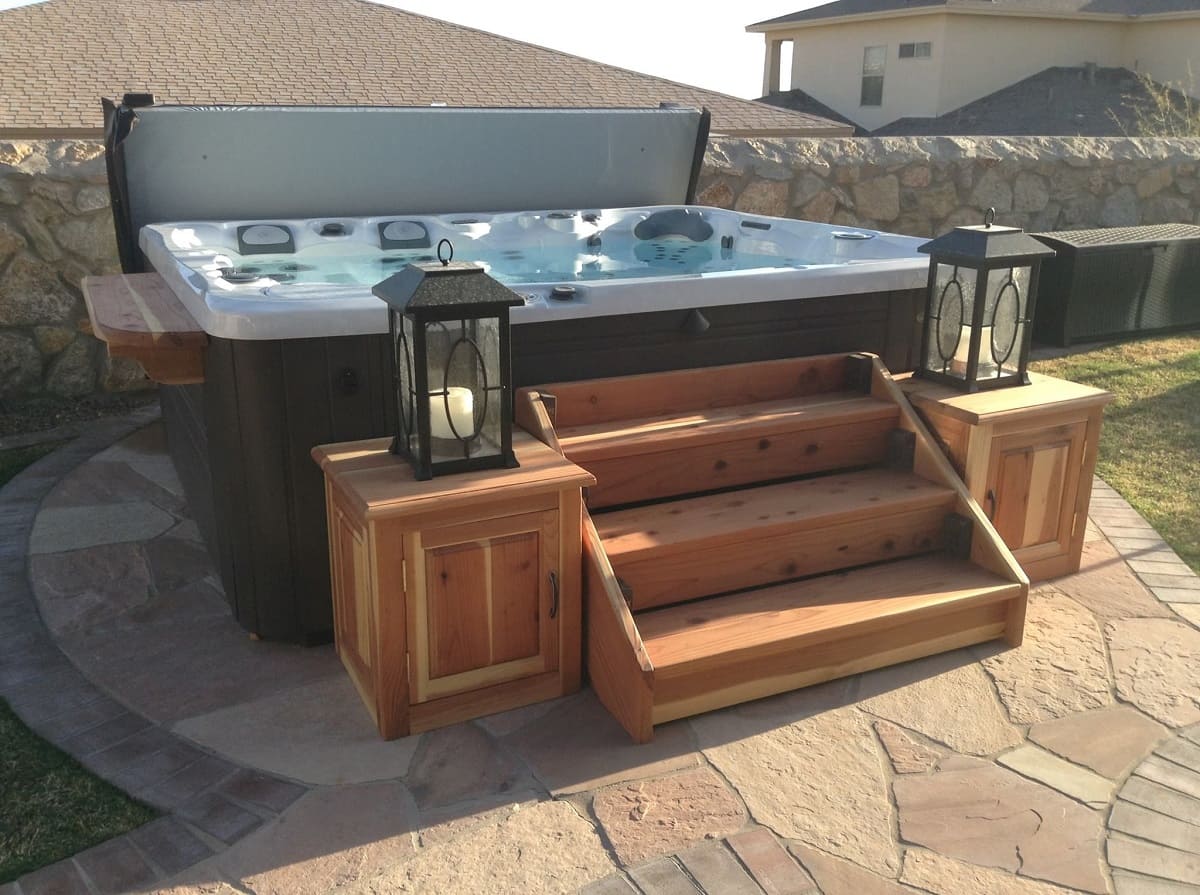
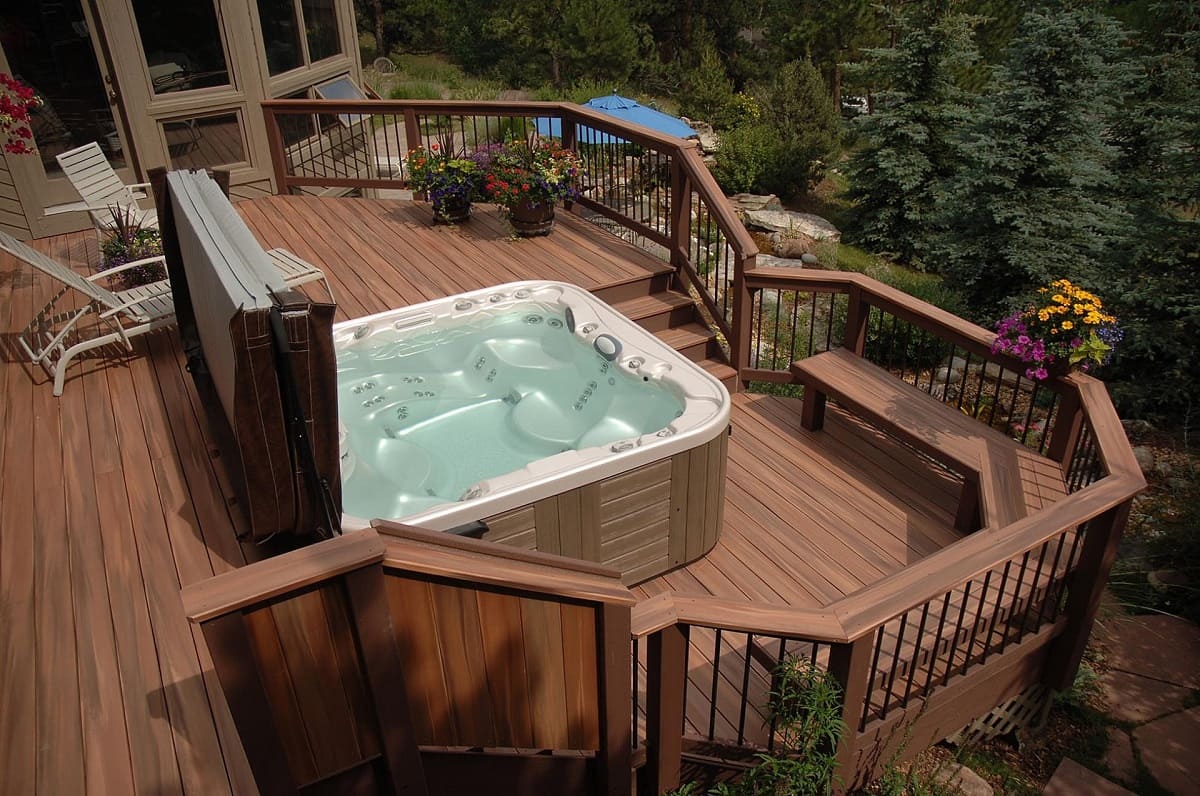
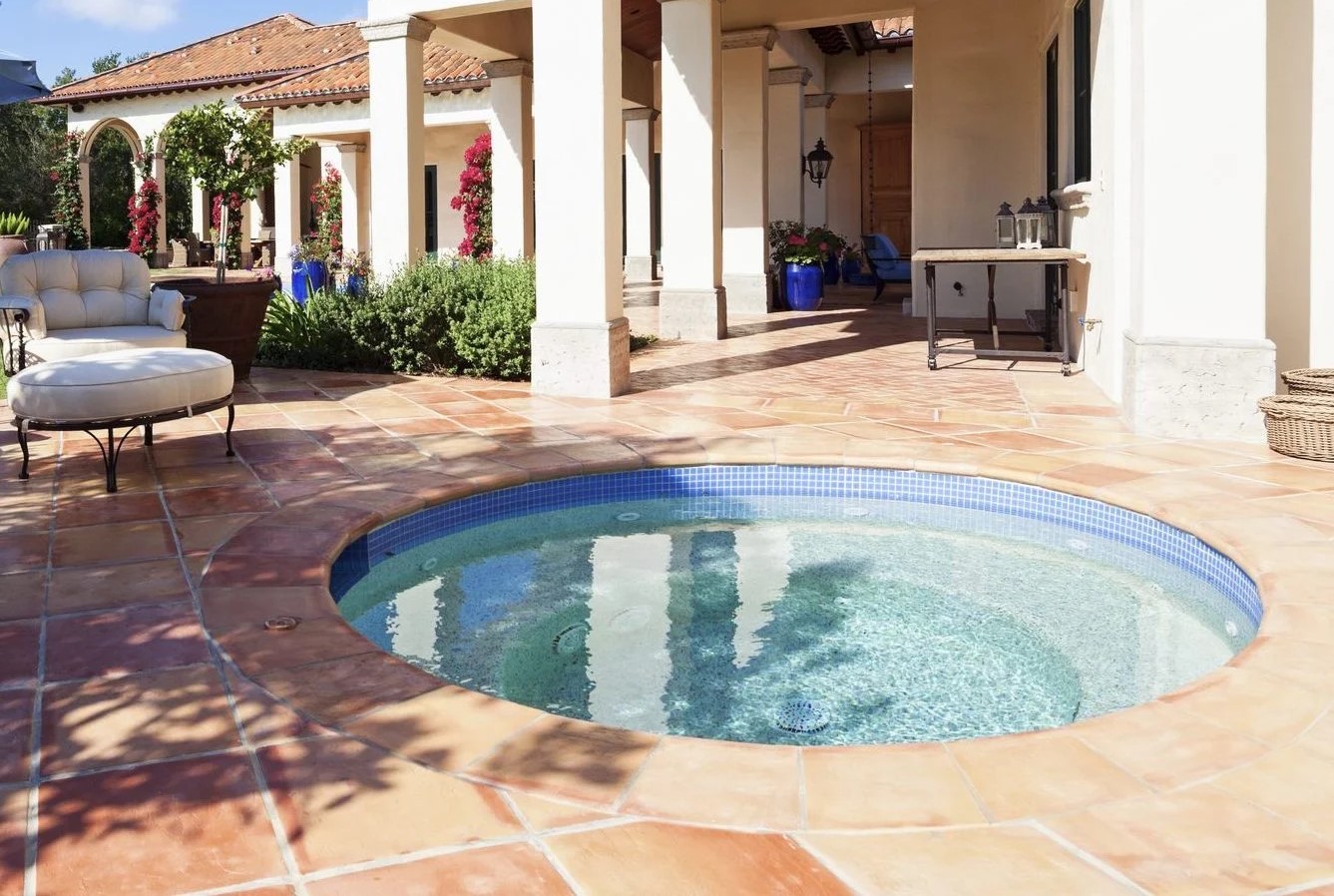
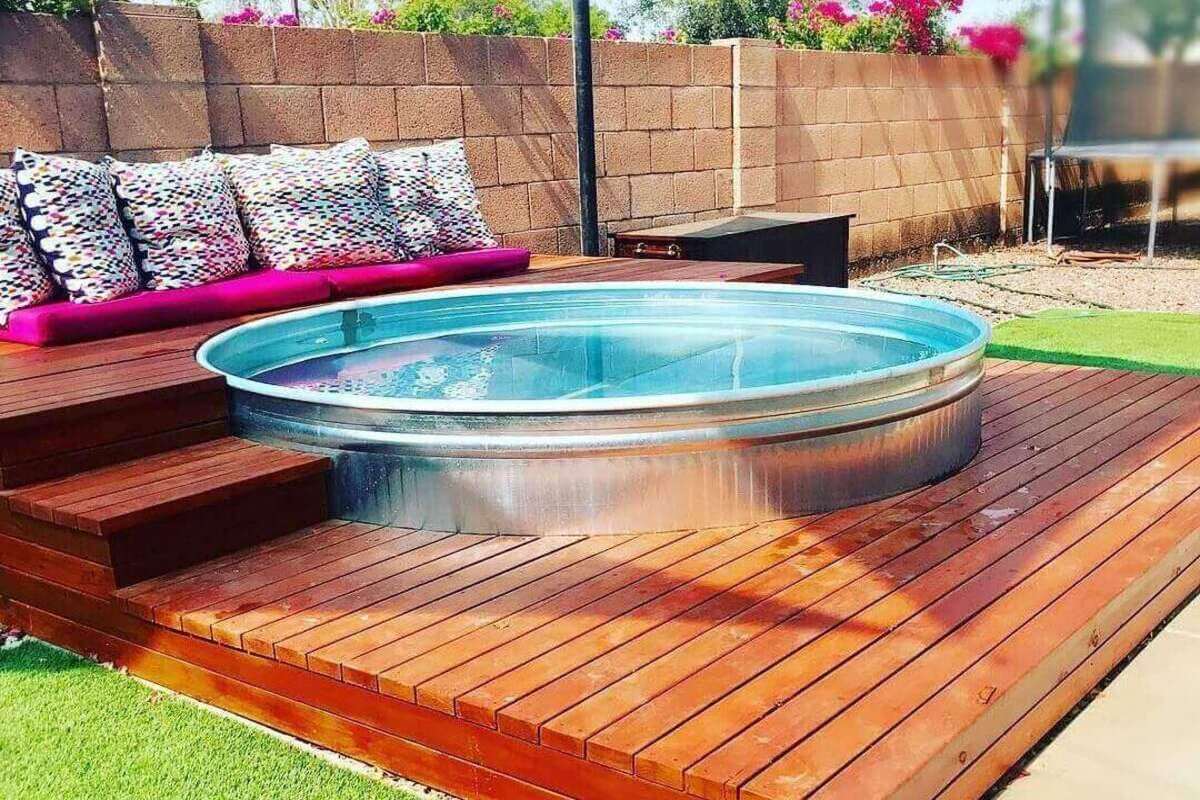

0 thoughts on “How To Build A Stock Tank Hot Tub”